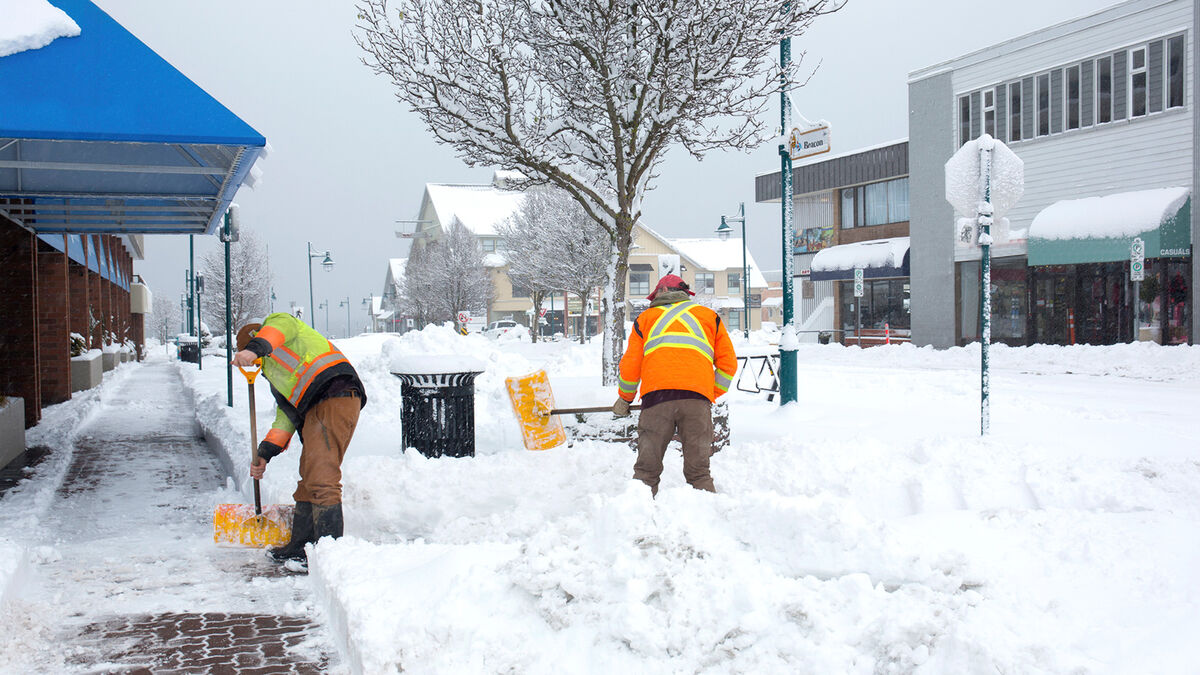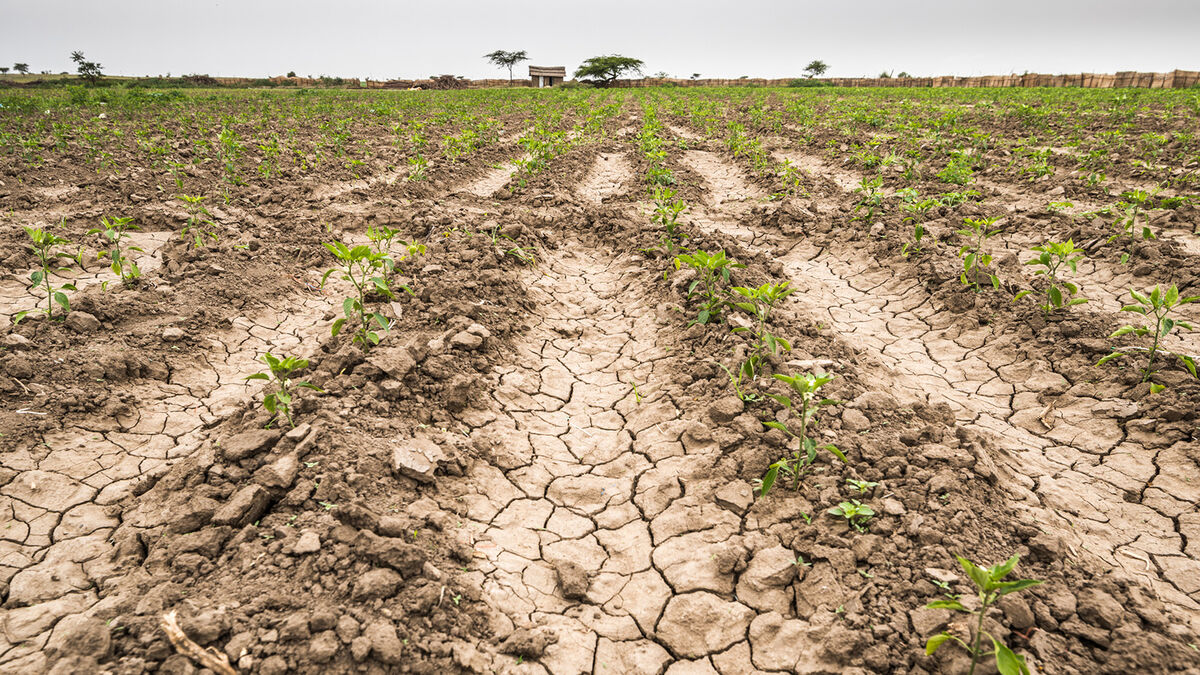
Weather comes in all different forms, and it changes by the day. It could be sunny one day and raining the next. It could even be sunny, rainy, cloudy, and stormy in one day. Explore the six different types of weather elements and the conditions they can lead to.
Common Types of Weather Elements
The weather has a lot of different factors. When someone asks how the weather is today, you need to think about temperature, humidity, precipitation, wind, cloudiness, and atmospheric pressure. All these different parts work together to create the weather you see when you walk out the door.
But, what do each of these weather examples mean? Find out by reading about each one.
Temperature
It’s getting hot out there. When you talk about the heat of the air outside on a summer day, this is the temperature. Measured with a thermometer in Fahrenheit, Celsius, or Kelvin, the temperature tells you how fast the air molecules and atoms are moving. Fast-moving molecules and atoms mean the temperature is high, while slow-moving molecules in the air create a low temperature.
Humidity
Is the air dry? The moisture or dryness of the air is humidity. It’s an important weather aspect. Without it, humans wouldn’t be able to survive. However, the amount of water vapor, or humidity, in the air needs to have balance. Too little or too much water vapor in the air causes health issues and can be dangerous.
Precipitation
Precipitation is just a big word to describe how water falls to the ground. It can be rain, snow, sleet, ice, hail, or drizzle. The form these water or solid particles take depends on other weather factors. For example, if the temperature is cold, below 32 degrees, precipitation comes to the surface in the form of snow. If the weather is nice and warm, water comes down in the form of rain.
Wind
Air moves. All you must do is walk out your door to feel that. The movement of air is created by how the sun heats the Earth, and then convection tells you how air moves in predictable patterns. Therefore, meteorologists have some idea of how a storm will move or the type of weather you’ll have in a week.

Cloudiness
Watching the different shapes of clouds roll by is one of the fun things about summer. Ever wonder what they are? Clouds are collections of water droplets in the air due to the cycle of water. Billions of water droplets are necessary to make a cloud. The four main types of clouds include cumulus, stratus, cirrus, and cumulonimbus.
Atmospheric Pressure
Air has weight! All those molecules and atoms add to the weight and push down. The weight of the air pushing down on the Earth’s surface is the atmospheric pressure. Since it’s measured using a barometer, it’s also called barometric pressure.
Types of Severe Weather Conditions
The six common types of weather create all weather conditions. With the right humidity, wind, atmospheric pressure, temperature, clouds, and precipitation, a rainstorm happens. However, the most impactful weather conditions are severe weather. Learn about the different types of severe weather examples.
Thunderstorms
Produced by cumulonimbus clouds, thunderstorms include rain, hail, thunder, lightning, and gusty winds. Thunderstorms can be mild or severe.
Tornados
When a warm air front collides with a cold air front, it creates a narrow rotating column of air from a thunderstorm. Tornadoes come in different severities, measured on the Fujita scale, from the minor F0 to the major F6.

Hurricanes & Typhoons
Like tornadoes, hurricanes and typhoons are spiraling storms. These huge long-lasting storms form over water and can have winds of greater than 200 mph and can be 600 miles wide. Whether it is a typhoon or hurricane depends on location. Western northern Pacific storms are typhoons, while northern Atlantic ocean storms are hurricanes.
Winter Storm
In colder temperatures, when two air masses collide, a winter storm is created. These storms can include freezing rain accumulations, large snow accumulations, and whiteouts.

Blizzards
A type of severe snowstorm, blizzards are long-lasting. In addition to high snow accumulations, strong winds create whiteout conditions and dangerously low temperatures.
Droughts
Droughts happen all over the world and are devastating to the area. A drought is a prolonged period without rain or precipitation, leading to famines and forest fires. This weather phenomenon lasts for months to years.

Exploring Types of Weather
Learning the different types of weather elements and conditions you encounter is fun. Now you know why it might rain or what the warm temperature is all about. Discover some of the weather terms used to describe weather conditions. Then dive into more science fun by looking at chemical bonds, energy, and properties.